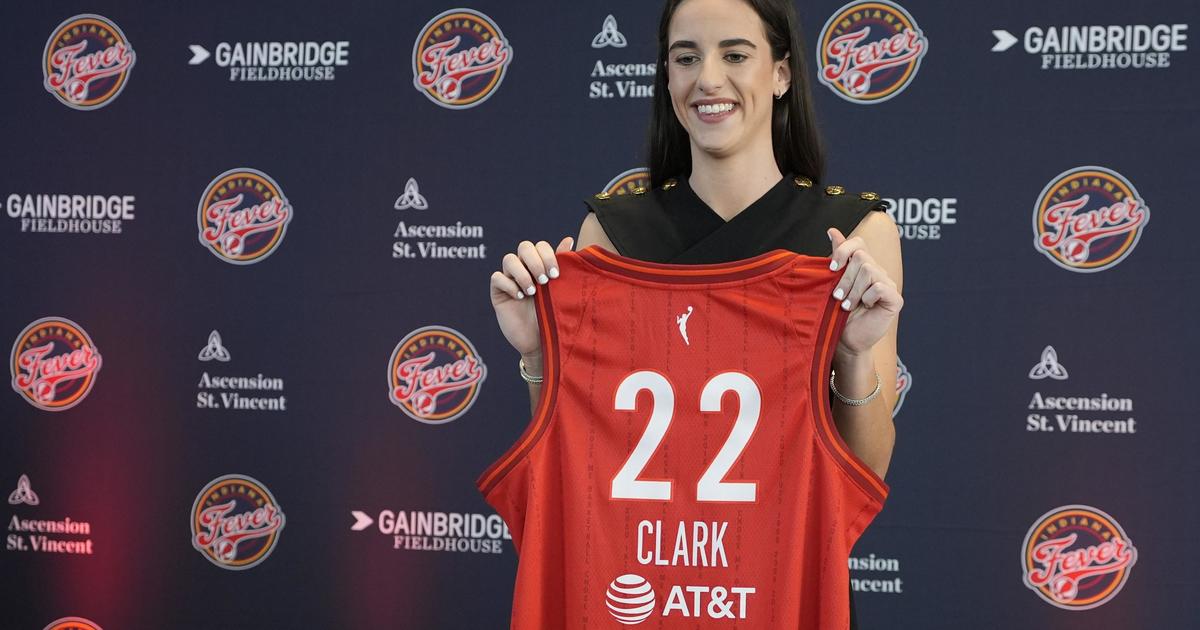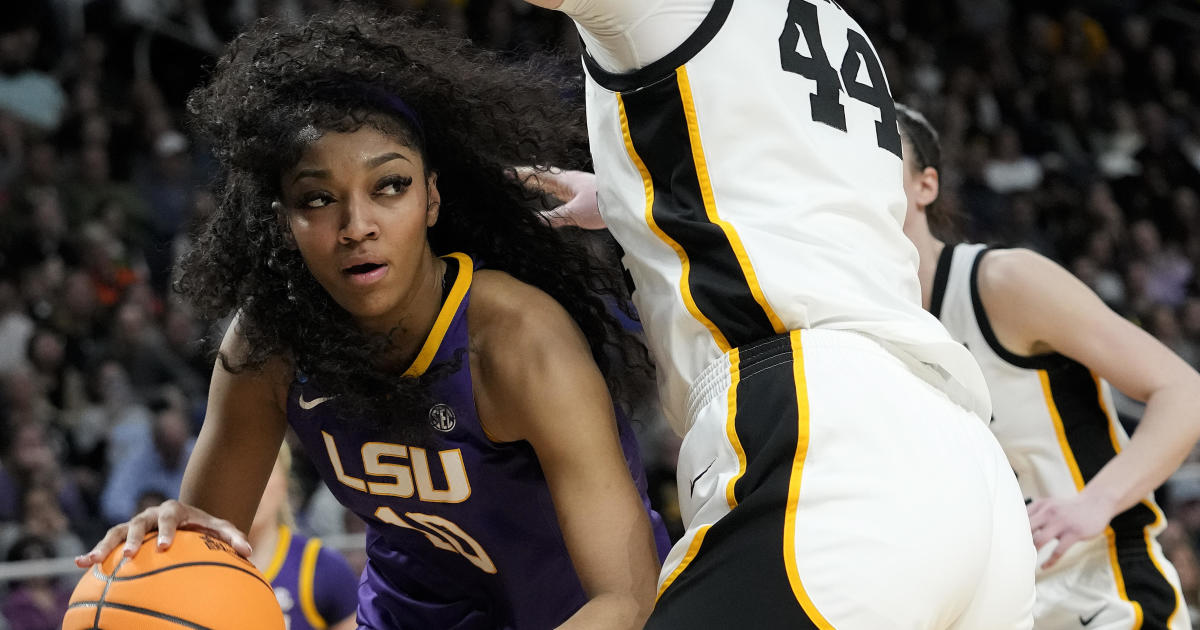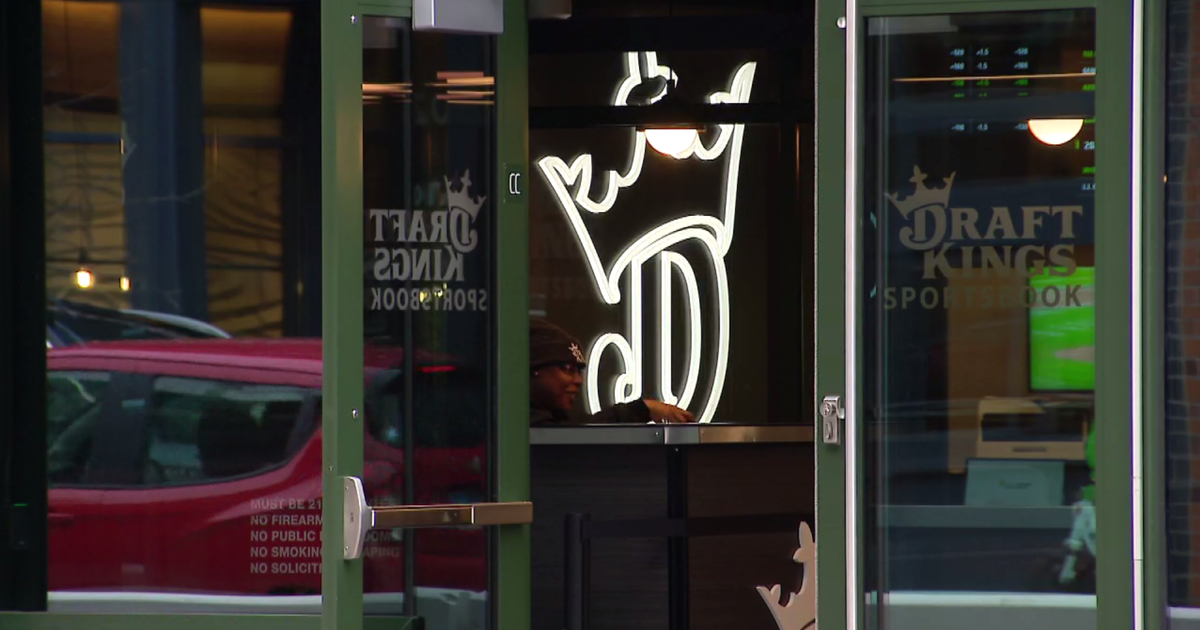Durkin: Another Draft Sheds Light On Philosophies Of Ryan Pace, Bears
By Dan Durkin—
(CBS) After spending months getting familiar with and speculating about prospects, the 2016 NFL Draft has come and gone. Hypothesis has been replaced by procedure.
Assigning grades to a draft class that hasn't stepped on an NFL may fuel chatter and traffic, but it's short on practicality. That impact can't be accurately measured for years.
However, with two draft classes to analyze, one can draw conclusions about the approach and philosophies that Bears general manager Ryan Pace operates by as he rebuilds the roster.
Having a few days to digest and reflect, here are some thoughts and observations about the Bears' 2016 draft class.
Rare athletes early on
For the second straight year since coming to Chicago in January 2015, Pace chose a player in the top nine. The expectations for such a rich pick must be that of a difference-maker. However, in both situations, Pace has taken on a project who's long on athletic gifts yet raw as a football player.
Both receiver Kevin White and edge rusher Leonard Floyd are rare athletic specimens. In a league filled with genetic exceptions, both players rank in the highest percentiles relative to their peers in SPARQ rankings (speed, power, agility, reaction and quickness) and athletic measurables.
Obviously, there are no sure things in the draft. Every prospect comes with risk, and that risk is magnified early on in the draft.
Historically, personnel development hasn't been a strong point for the Bears. Yet both of these picks speak to an expectation of just that. They illustrate the calculated risk Pace has made and buttress the faith he has in the coaching and and support staffs that he's put in place, particularly the strength coordinators and sports science staffers.
Since White's rookie season was snuffed out by a shin injury, the Bears essentially have two first-round picks this season. Given where they were drafted, they both must make an impact to justify their draft position.
Pace's previous two predecessors both struggled in the first round for various reasons. Pace now needs to hope his convictions were correct and that the Bears can mold upper-tier athletes into blue-chip players.
Best player available
The phrase best player available is a phrase that's uttered in 32 cities around the league throughout the draft process, but it's missing five words at the end to make it more accurate: at a position of need.
Teams get into trouble when they draft purely based on need and pass up on better football players, so the theory is easy to understand. However, for the second straight year, Pace has stuck to this philosophy and trusted his board and grades to guide him through the selection process. It's a wise approach for a team that still has more needs than resources and is undergoing a wholesale rebuild of the roster.
Entering the draft, the Bears had clear needs for a speed rusher, defensive end, cornerback, safety, tackle, running back, tight end and a developmental quarterback. In the end, only a tackle, tight end and quarterback weren't selected. Consequently, the Bears signed veteran backup quarterback Brian Hoyer to compete for the backup job.
The tight end and tackle situation are far from ideal heading into the offseason program. Look for the Bears to keep a close eye on the waiver wire from now until the beginning of the season.
But by sticking to this approach, they increased the competition at positions that lacked it. They're undoubtedly a faster and more athletic team than they were last Thursday afternoon.
Second-round shuffling
While Pace said it wasn't the case when we asked him about it Friday night, I'm still convinced the board didn't break the way he hoped it would in the second round.
First, Western Kentucky outside linebacker Noah Spence wasn't on the board when the Bears selected at No. 41 (he went to the Bucs at No. 39), which may have prompted Chicago's first trade back, with Buffalo for the No. 49 selection and a 2017 fourth-round selection.
Just before the Bears were back on the clock again at No. 49, Alabama defensive lineman A'Shawn Robinson was selected by the Detroit Lions at No. 46 overall, and the Green Bay Packers traded up in front of the Bears to select Indiana offensive tackle Jason Spriggs at No. 48. The Bears then traded back for a second time in the second round, with the Seahawks this time, and eventually selected Kansas State offensive lineman Cody Whitehair at No. 56.
Whitehair was a solid value pick at this point. He has a strong opportunity to start at left guard. But looking at the Bears roster, they already had more competition and talent on the interior of their offensive line than they did (and do) at tackle.
Scouting for traits
Teams have an athletic profile they seek for each position. They're seeking players who fall within certain ranges from an athletic measurables perspective, as well as intangible aspects that may serve as a tiebreaker when identically graded players are available.
Looking at this class, the Bears' scouting department put an emphasis on arm length, get-off speed, position versatility and football character.
Five of the Bears' nine selections -- Floyd, Whitehair, defensive lineman Jonathan Bullard, linebacker Nick Kwiatkoski and defensive back Deandre Houston-Carson -- played multiple positions in college and were also team captains.
Both Floyd and Bullard have explosive first-step quickness, which is a huge asset in the trenches. Being able to shoot a gap and strike a blocker first allows defenders to be the aggressor and dictate the engagement. Pace lauded Floyd's ability to use his length to keep separation from him and blockers as being a big factor, and that arm length is something the team values at all positions, not just with linemen.
The Bears coaching staff now has players who fit their desired physical profile who also afford versatility when it comes to alignment and assignment.
Special teams competition
Competition was added along the defensive front, secondary and offensive skill positions, but the special teams battles should be heated in training camp and the preseason.
There's a strong chance that Deon Bush and Houston-Carson will be battling for a starting safety position opposite Adrian Amos. This is somewhat concerning, given how young the Bears will be at a position that requires a lot of on-field smarts and savvy for formations and anticipating route combinations. Either (or both) should play a huge role as core-four special teamers. Houston-Carson blocked nine kicks in college, making him a weapon on special teams.
Receiver Daniel Braverman returned kicks and punts in college. He could challenge newcomer Omar Bolden and incumbents Deonte Thompson and Marc Mariani.
The Bears needed a boost to their sagging special teams play, and the middle rounds of the draft improved the bottom-third of the roster, which should in turn improve the special teams play overall.
Dan Durkin covers the Bears for CBSChicago.com and is a frequent contributor to 670 The Score. Follow him on Twitter at @djdurkin.



